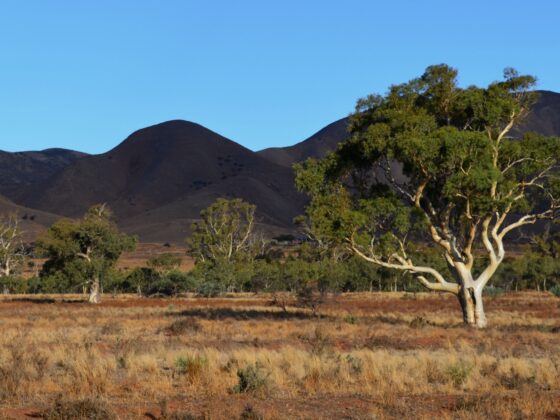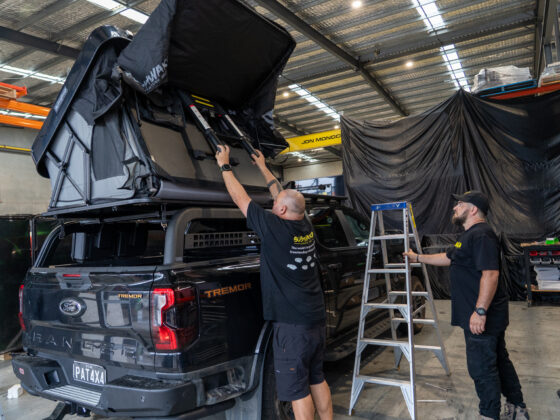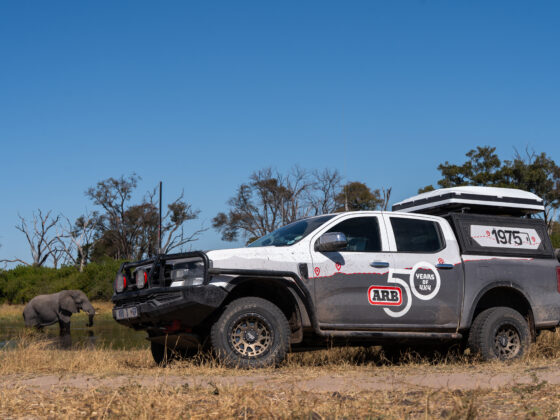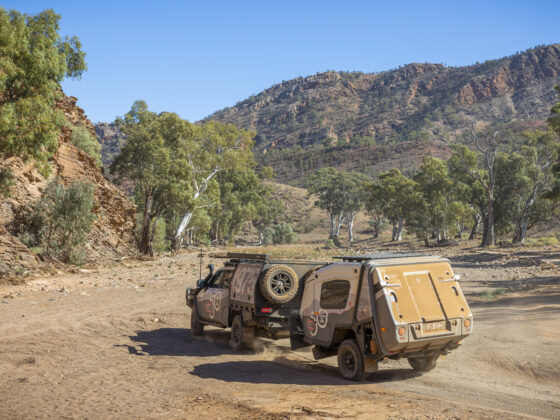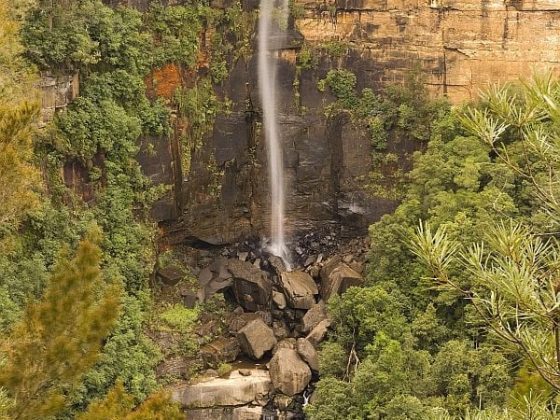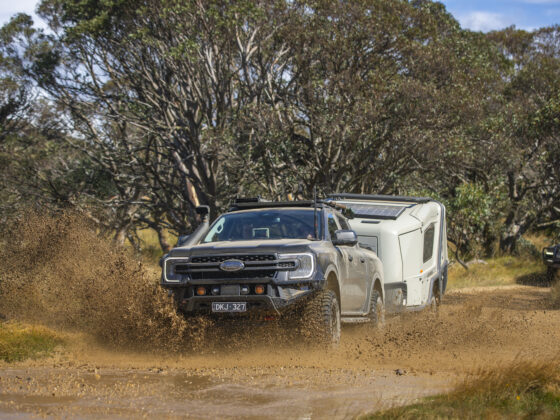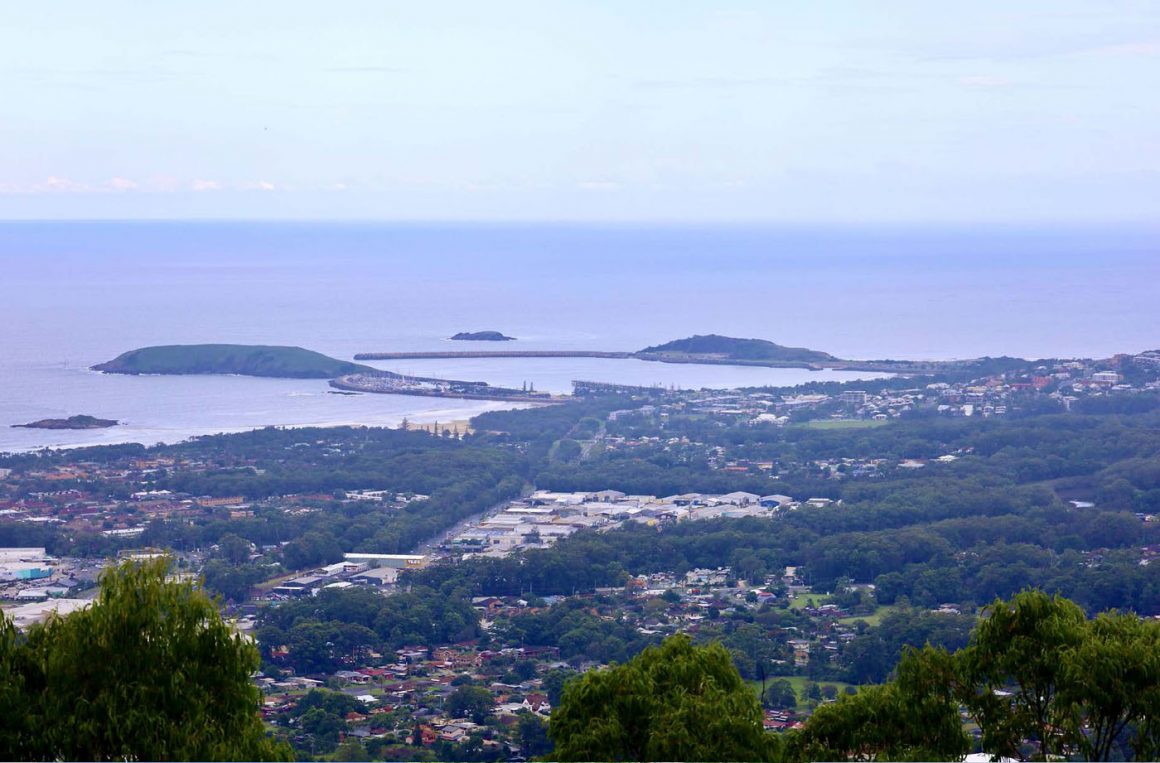
Coffs Harbour, home to the legendary Big Banana and world class beaches.
It prides itself on natural wonders, clean coastal air, and it’s a Mecca for 4X4 clubs. But what makes Coffs stand apart from its east coast brethren is its proximity to the Great Dividing Range. Nowhere else do the mountains hug the sea as they do here, creating quite the adventure playground.
Those mountains formed over 30 million years ago via active volcanoes, especially the Ebor volcano some 100km inland from Coffs. The volcanic explosions created rugged valleys and mountain ridges, spectacular rivers and stunning areas of prehistoric like rainforest pockets. But for 4WDers it has given us the perfect playground to explore. Do your research before hitting Coffs, as the tracks are like a giant maze crisscrossing through the forest areas. It can be as hard or as easy as you make it. Camping options are excellent, from free camping in State Forests, booking online in NPWS through to caravan parks in town, or there’s plenty of luxury options.
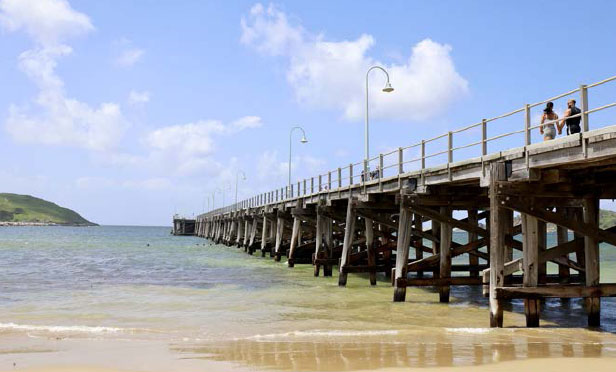
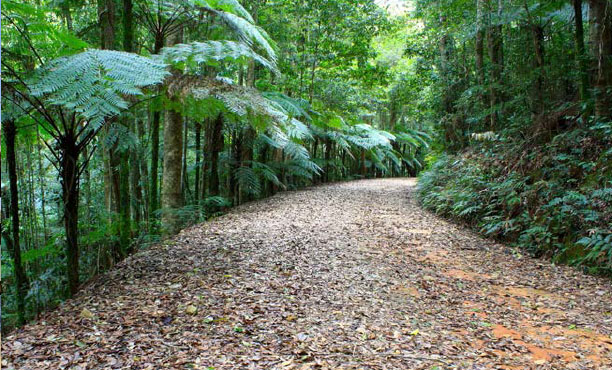
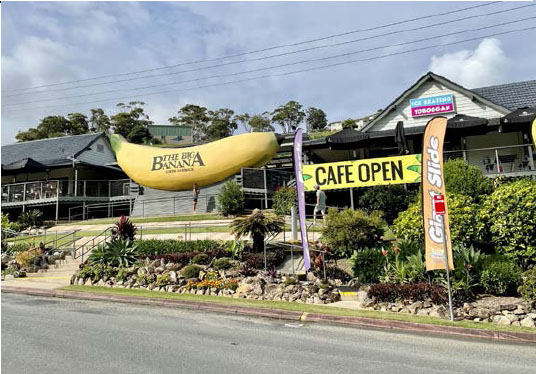
1. HISTORY IN THE HINTERLAND
The discovery of Timber (mainly Red Cedar) along the north coast opened up many areas deep into the thick forests. With this, the flow-on effect carried on with the discovery of gold, towns were born, rail lines built, and the population grew. Up in the hills behind Coffs, there’s an array of history just waiting to be discovered. The most significant pieces of history include some of the 300 registered gold mines dating back to the mid-1880s, plus the failed Glenreagh to Dorrigo rail line that covers nearly 70km but only lasted a few years.
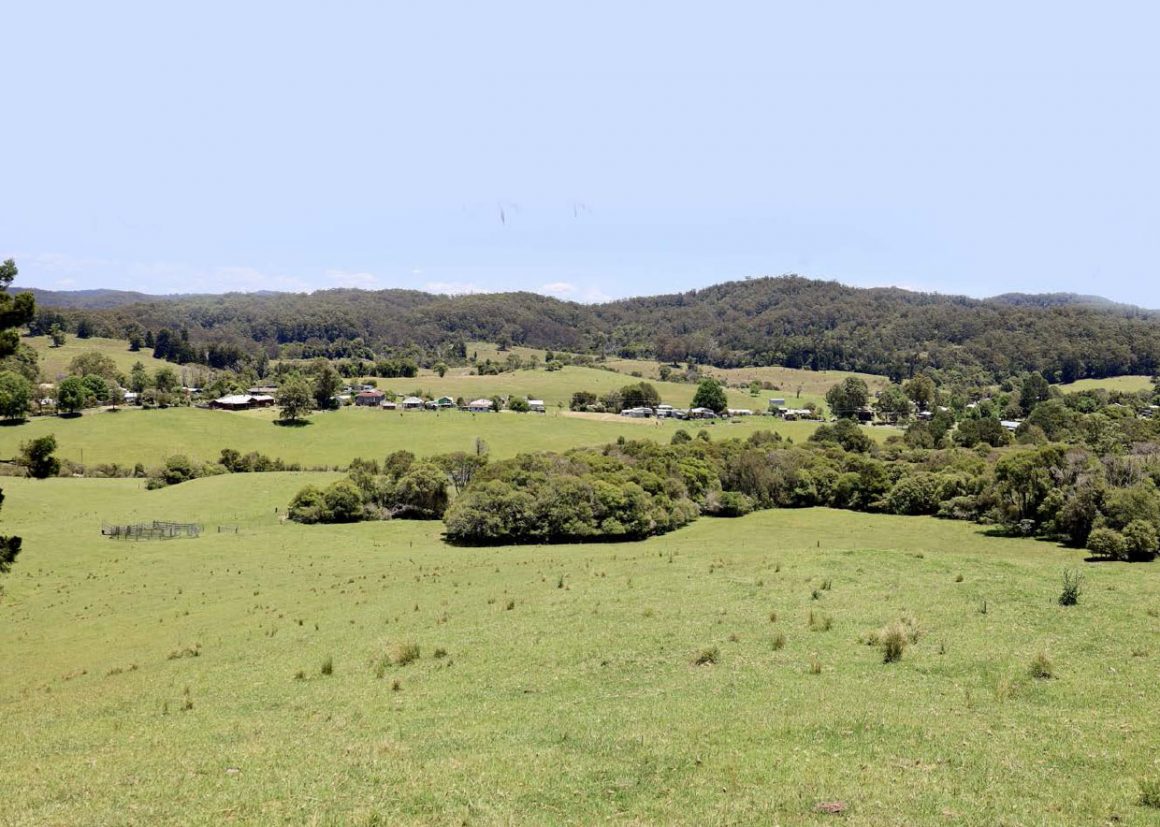
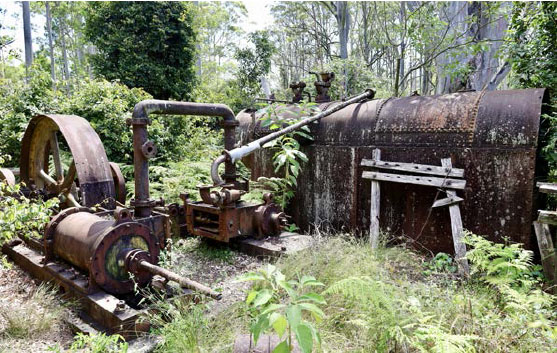
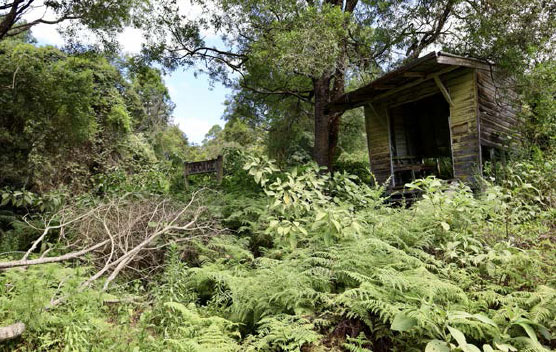
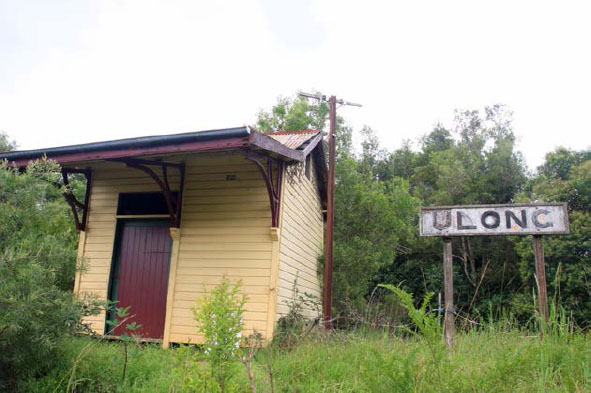
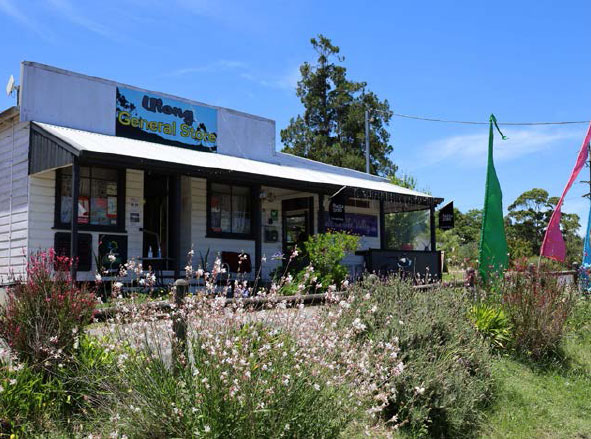
There are some abandoned and pretty accessible structures along the way, including several tunnels, old Trussed and steel bridges, platforms, and old machinery. Throw in the old gold mines with tunnels, shafts and pits, and the hinterland is a pretty cool place to explore. The old rail line is highlighted on the top maps with plenty of access roads leading to it.
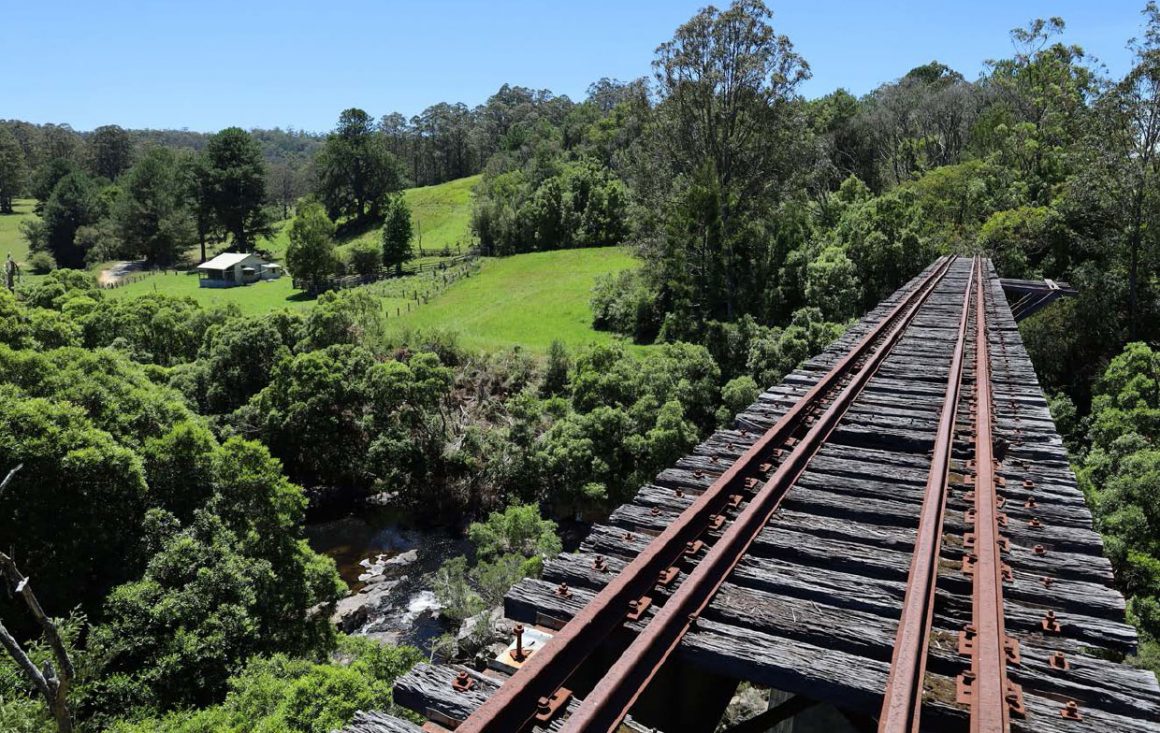
2. 4X4 TRACKS
Getting lost in Coffs is always a fun way to spend the day on the array of tracks around the Coffs Coast. Now not saying you will get lost, but with over 200,000 hectares of State Forest and National parks to explore, you need a decent GPS or series of maps. Along the Great Dividing Range, you’ll need to use 1;25,000 maps with every bit of detail you can find. Tracks around Coffs range from easy forest road with stunning views and opportunities to explore others for the hardcore clubs.
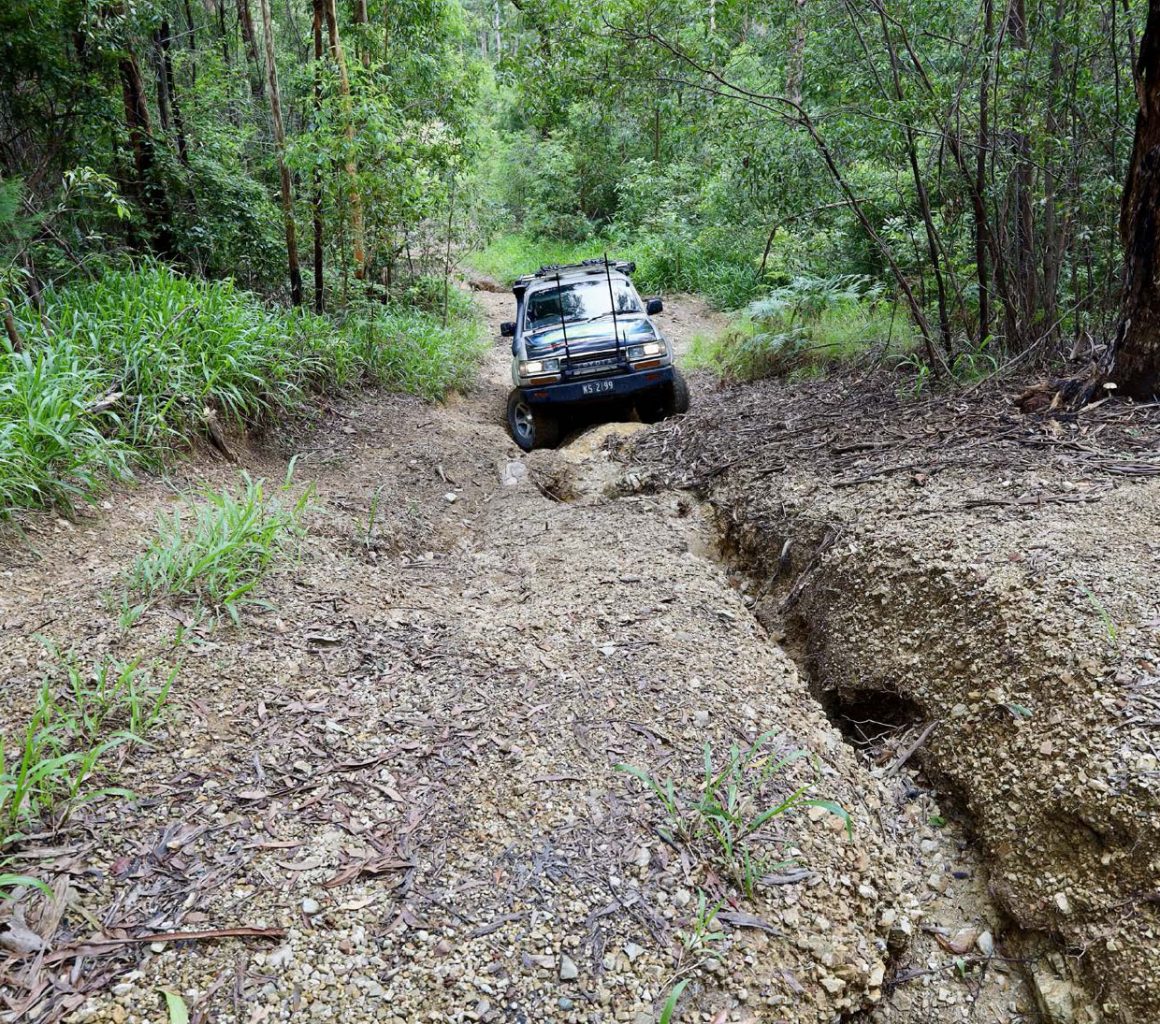
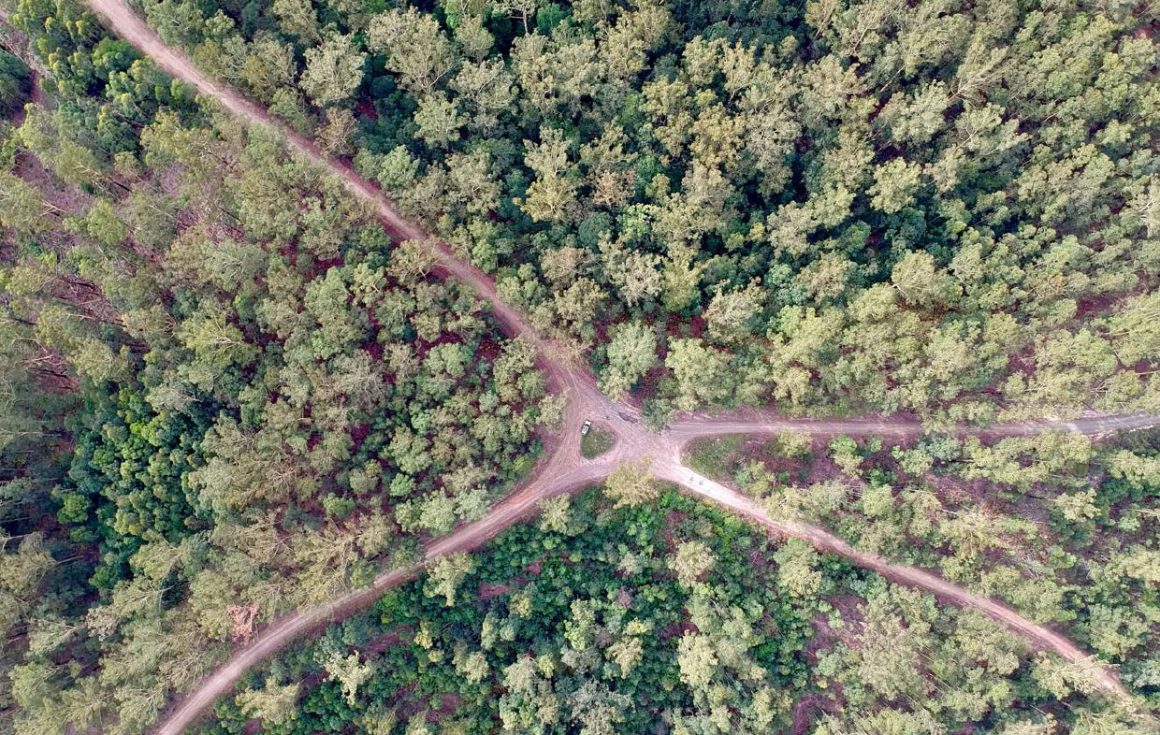
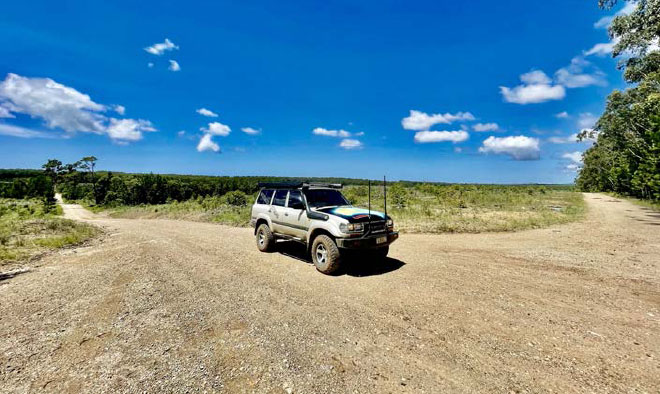
There’s enough tracks here to whet your appetite with coastal sea views, through old-growth forests stopping at little villages along the way to loops where you can explore a mix of everything all in one day. You often won’t see another 4WD all day because of the number of tracks to explore.
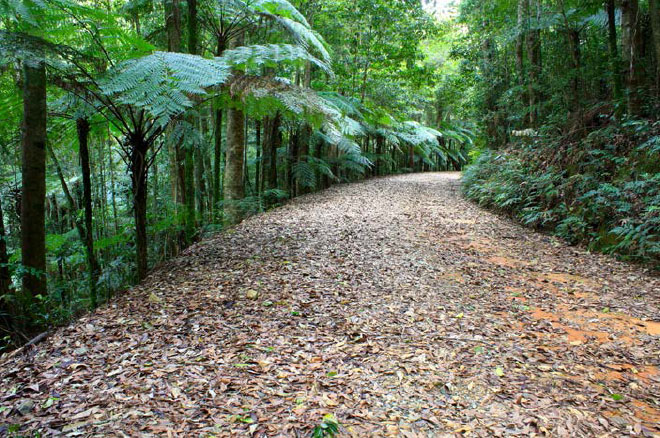
3. PEBBLY BEACH
Pebbly Beach has to be one of the most sought after beach camps along the eastern seaboard. This place is special because it is only accessible during low tide and has limited camping. After leaving the Pacific Highway turnoff to Pebbly on the Barcoongere Way (midway between Coffs and Grafton), you’ll meander nearly 20km of dirt roads passing through a mix of Pine plantations and dry gum forest. From here, it gets exciting, with 2km drive through dunes before popping out onto a stunning beach. Then you’ll venture north for a further 2km with the ocean on one side and dunes on the other.
It’s at the end of the beach run where you need to cross the tidal creek (preferably at dead low tide to access the stunning Pebbly Beach camping area. You’ll need to book through the NPWS website these days well in advance, but it is well worth it. Wake up with beautiful sunrise views, salt air in your lungs and then a magical beach stroll; there’s no better spot to get away from the rat race.
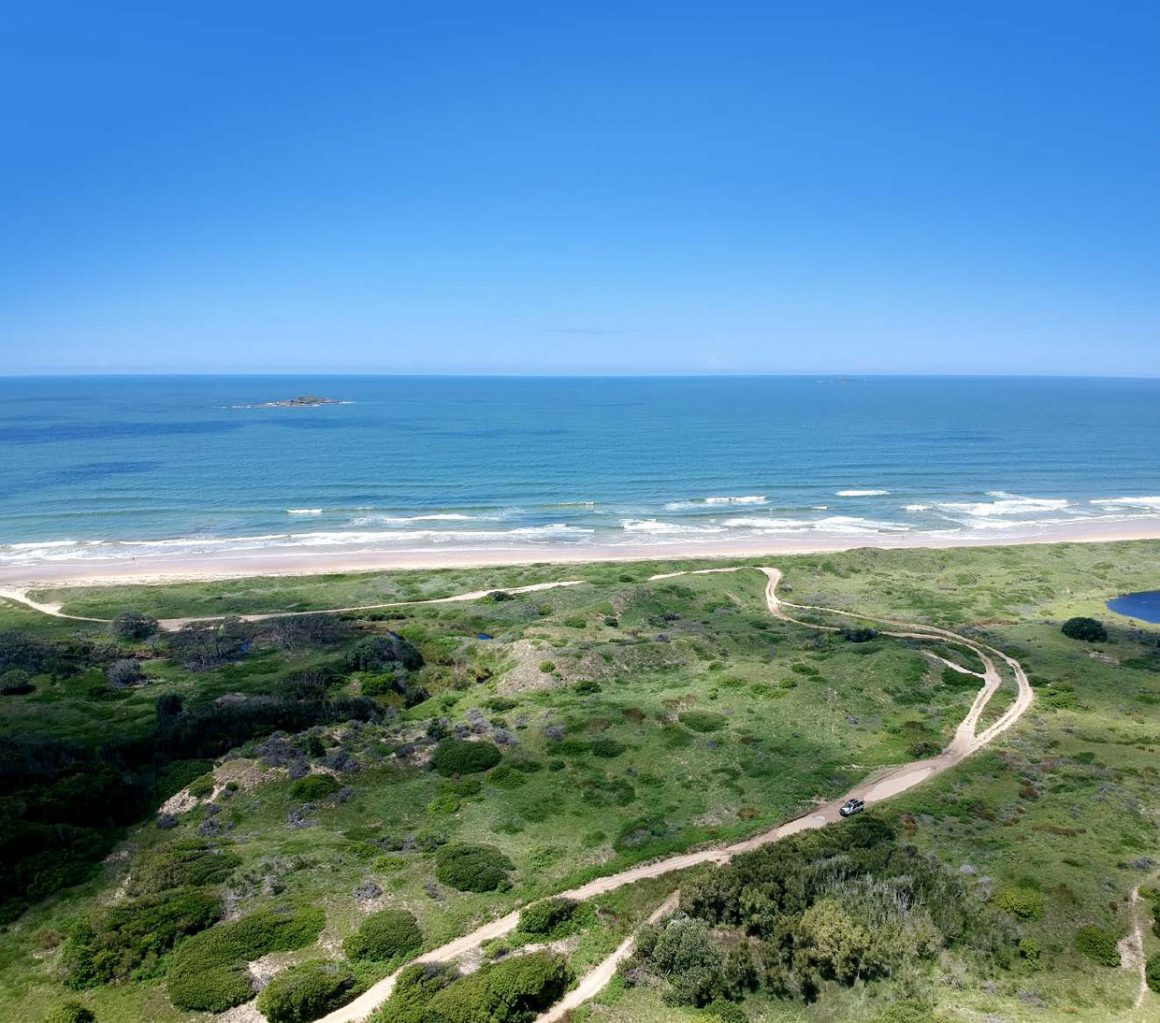
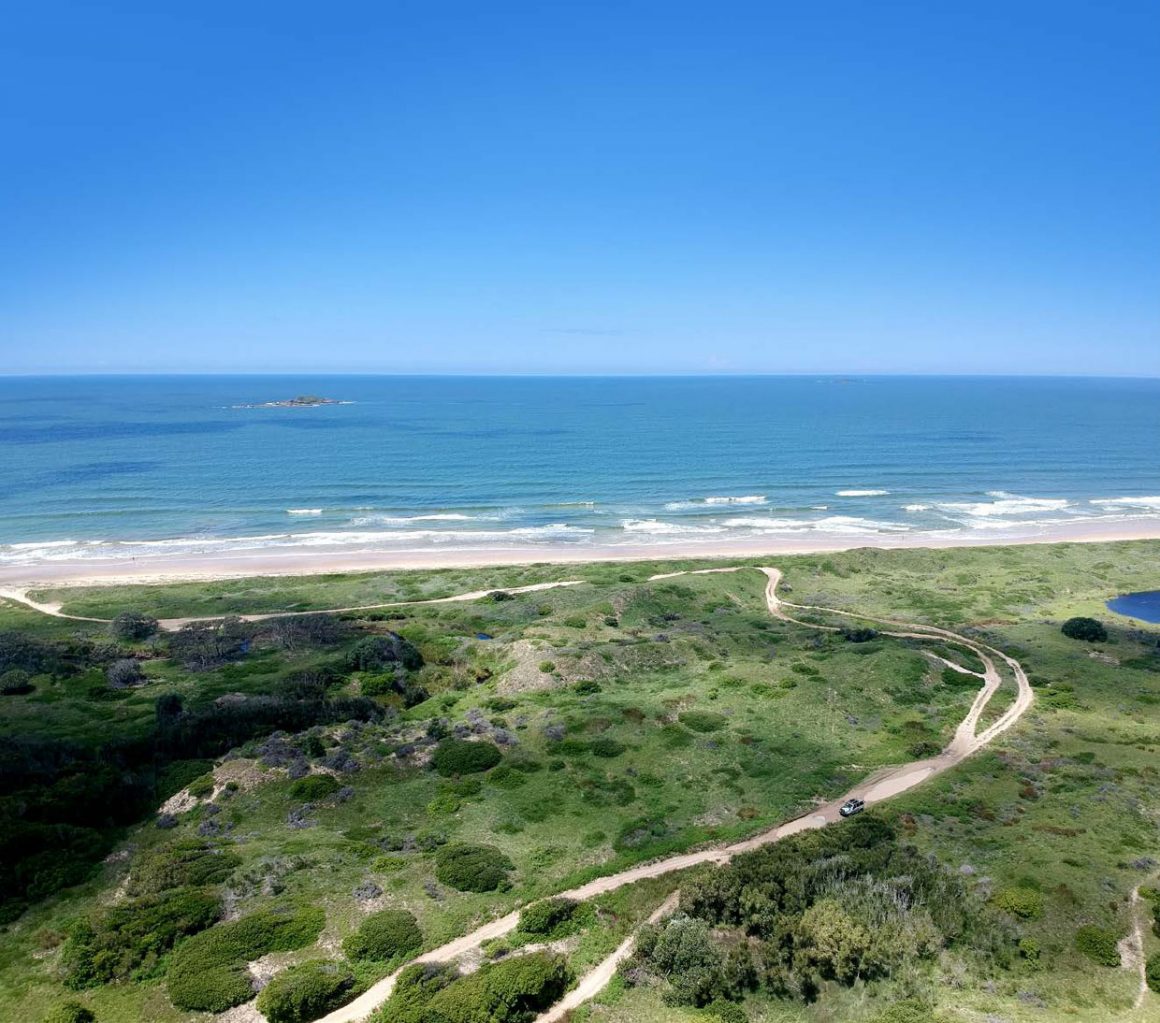
Around the area there’s some pretty good 4WD tracks following the ridgelines, through the pine forests and incorporating the power line tracks. Head out to the Key Man statue on Yellow Cutting Road for something quirky. What’s the Keyman all about? Jonaas Zilinskas was born in Lithuania in 1919 and migrated to Australia where he was involved in the timber industry. He was a natural performer with a circus and performed many stunts on the high wire. Even today, you can look in the trees and see cables still bound in the air. Jonaas built the statue in 1957 to respect his maker. He was known to work in the nude while working in the forest.
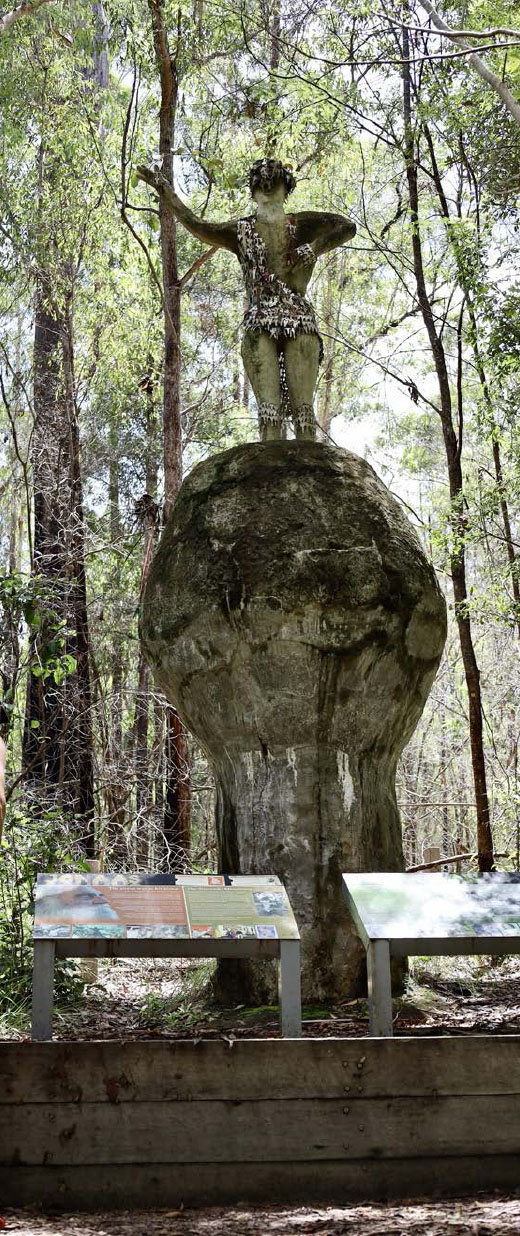
4. RAINFOREST DRIVES WITH WATERFALLS – BANGALORE
With so much fertile soil, decent annual rainfall and warm sunshine, there’s a never-ending supply of rainforest areas with an array of stunning waterfalls showcasing the area. Most people head an hour away to explore the Dorrigo region with its World Heritage-listed rainforest, complete with suspended walkways and cafes. But closer to Coffs in the hinterland, there’s many more that 4WD can only access. When the Ebor volcano exploded, it created many waterfalls and natural creeks. Ironically most of the water flows in the Orara River just west of Coffs. While you’d think it would have cut a path straight to the ocean, the Orara flows 100 km north to join other rivers before it heads east.
One of the most popular waterfalls is Bangalore Falls. The combination of 4X4 tracks, and short 5min walk to the falls makes it the perfect day out for anyone with a 4X4. But keep in mind that this track tackles some steep coastal terrain. Grab a detailed map and create your adventure by discovering the hinterland. Most waterfalls have designated roads to either the base or top of the falls, which makes finding and enjoying them heaps of fun.
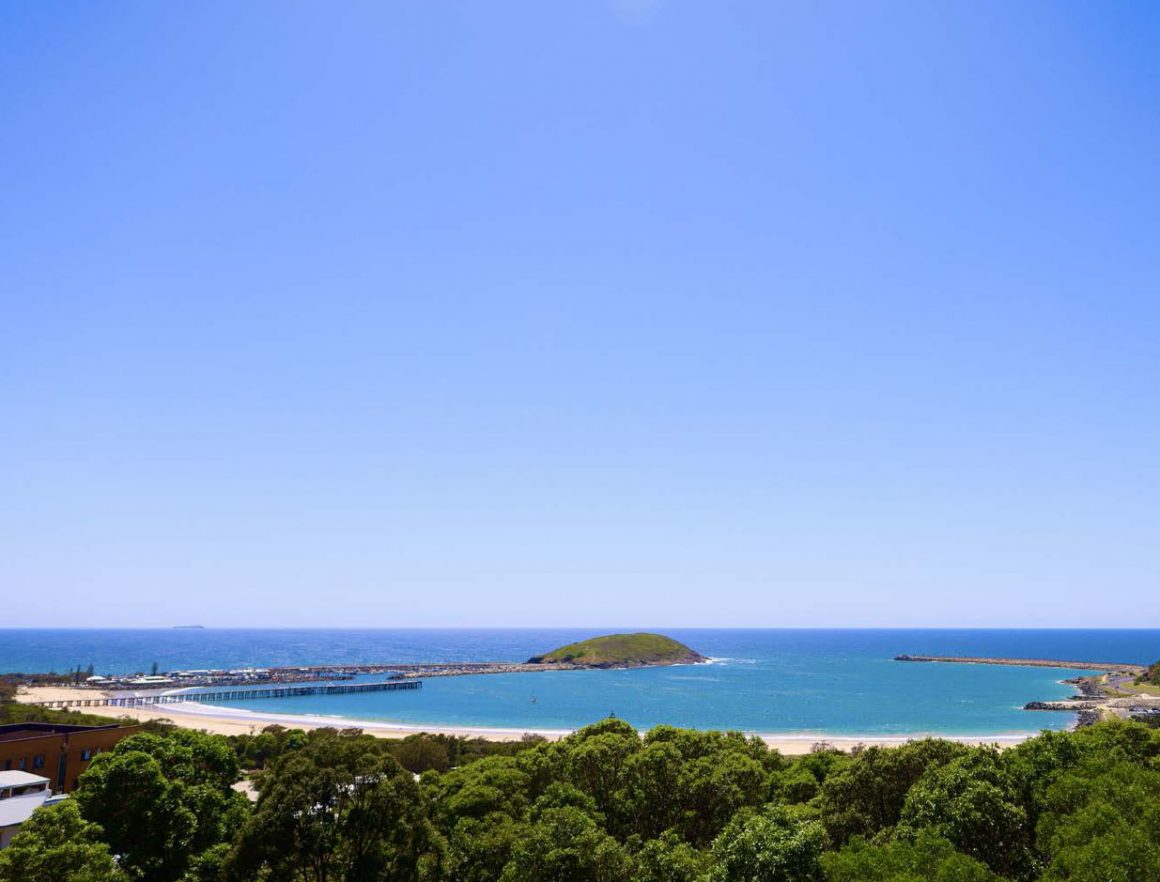
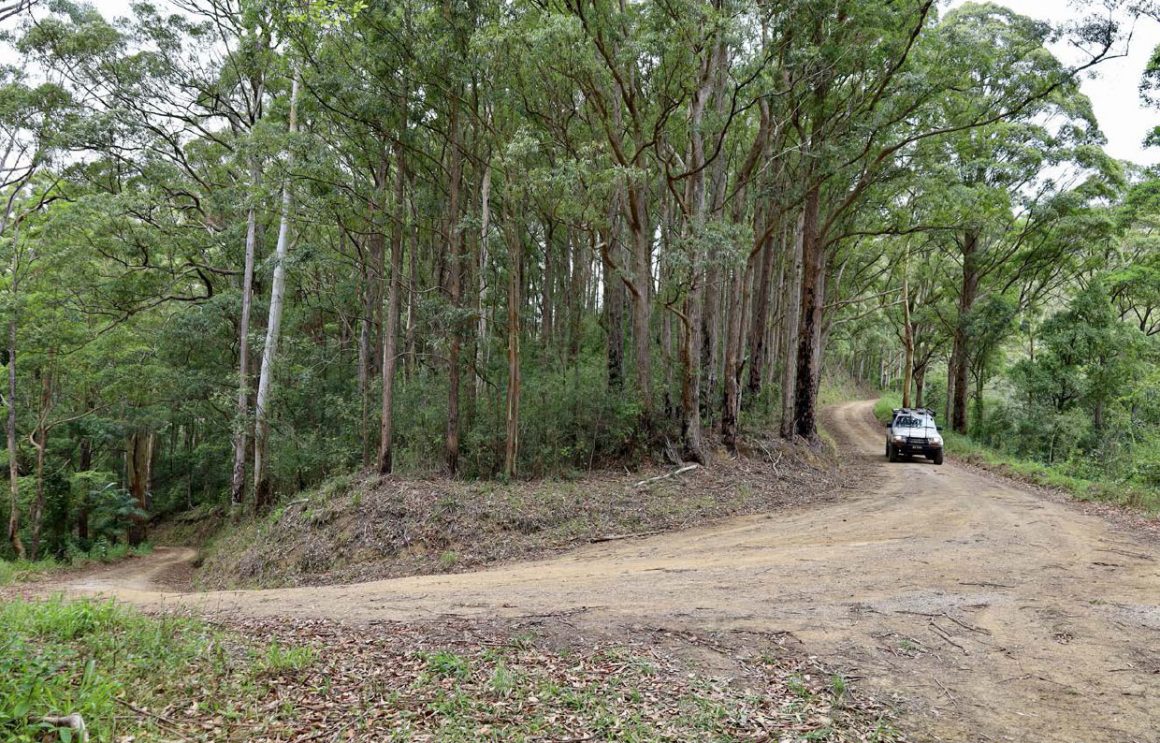
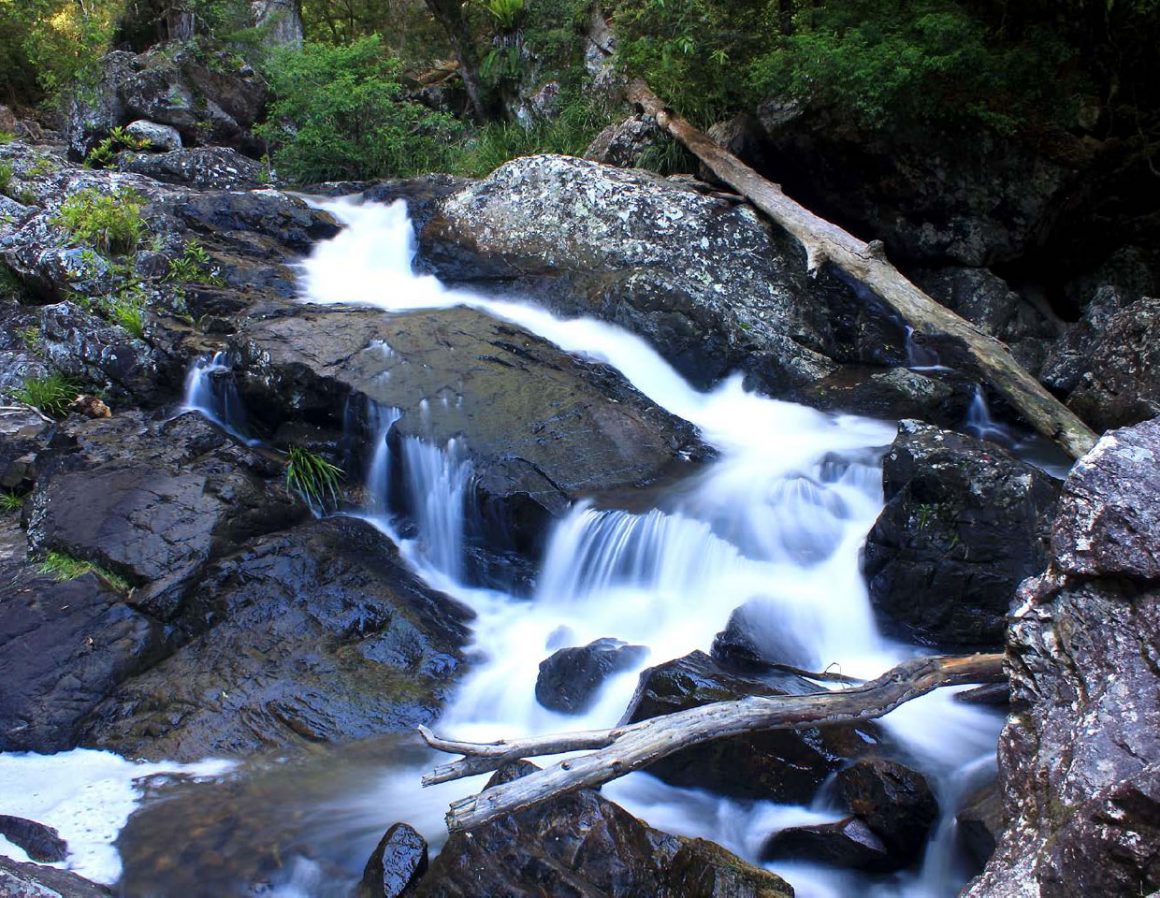
5. MOUNT CORAMBA WITH VIEWS AND CHALLENGING TRACKS
Coffs is widely regarded as the 4WD capital of NSW with its range of challenging tracks designed to test most skill levels. At nearly 700 metres high, Mount Coramba has to be the 4X4 playground, with never-ending hill climbs, rocky and slippery clay-based tracks. The mountain demands respect even in the dry with track names like Rocky, Commando, Army, Morbid, Cyclone and more. If you want hardcore, this is the place to come to and it’s easy to spend a day on the mountain traversing tracks to the top then do another back to the bottom.
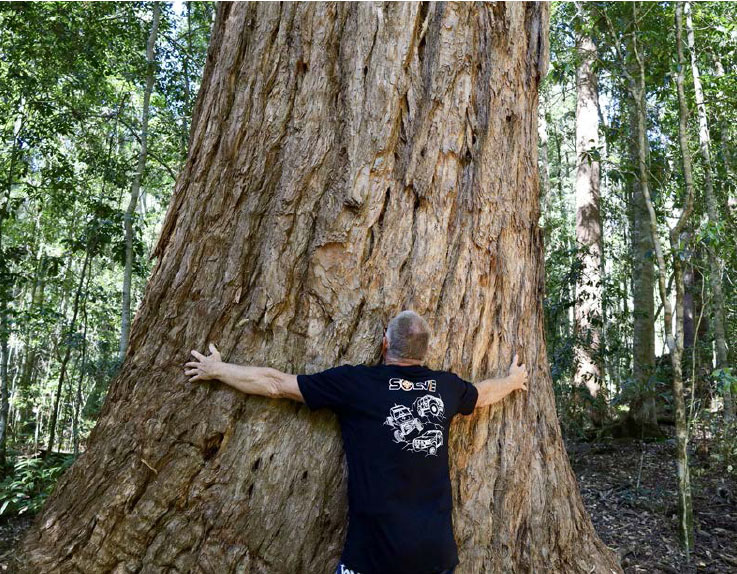
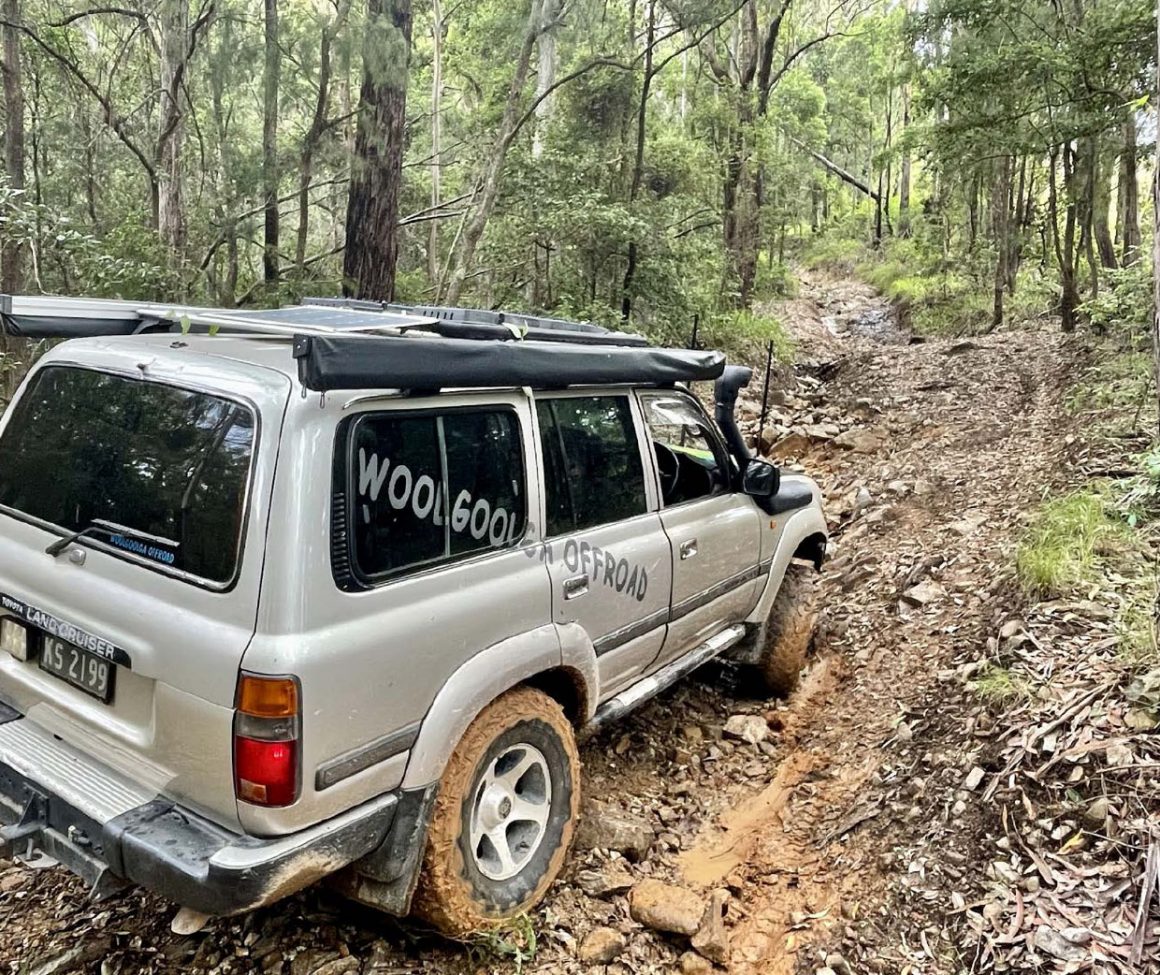
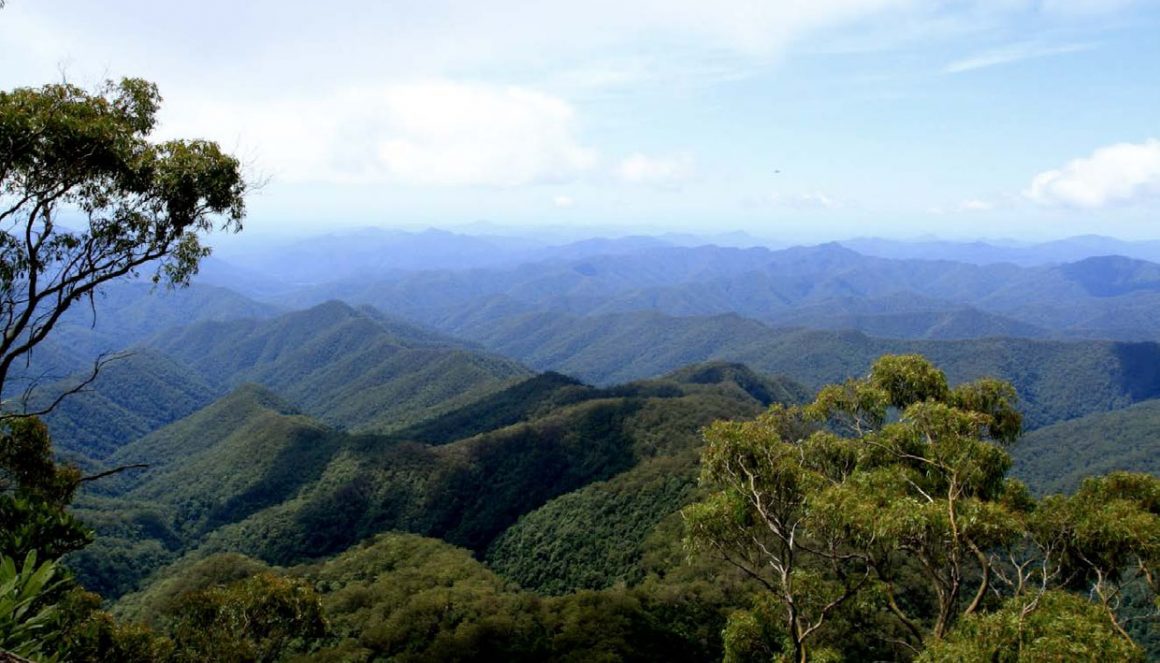
But be warned, when the weather turns as it often does here being in the subtropics, the rain turns the tracks to pure slop and often, the traction is little to none, which will have you screaming for the winch. Don’t believe me on just how steep it is? Just grab a local topographic map and study the contour lines.
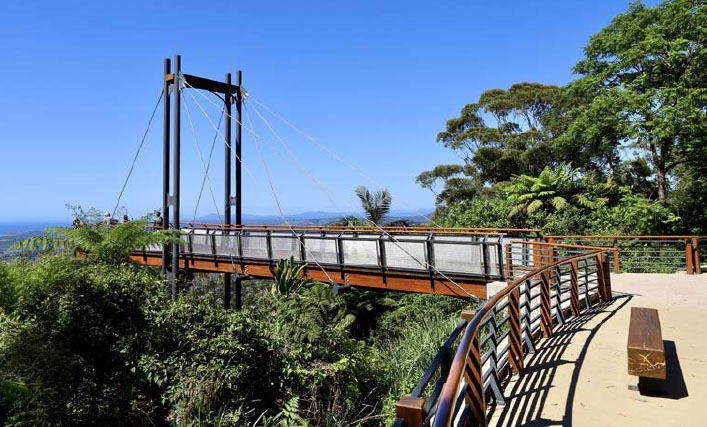
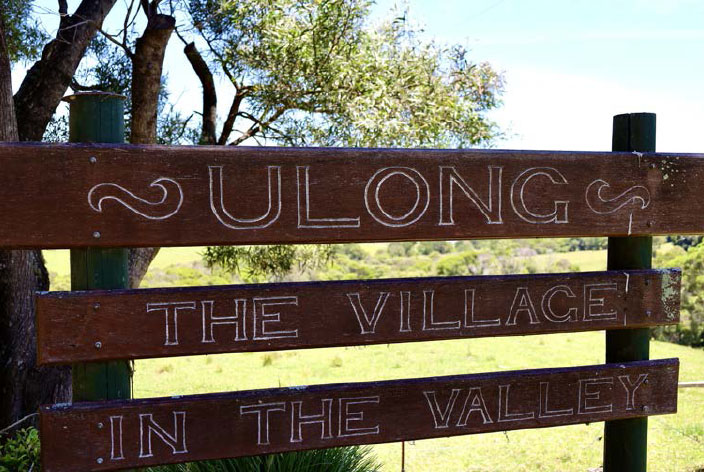
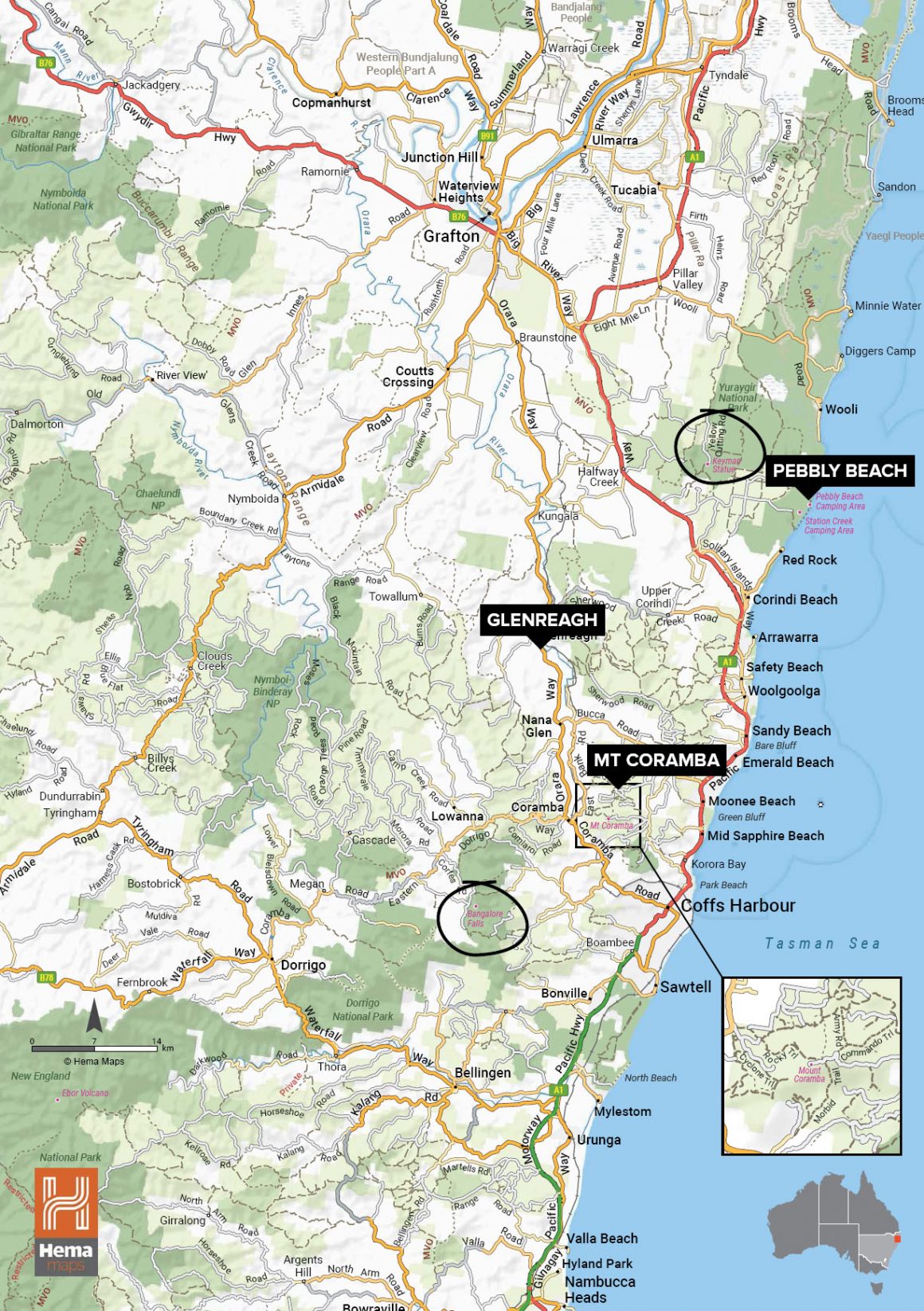
SO WHAT’S SO GOOD ABOUT MOUNT CORAMBA?
There are superb views to the west towards the plateau regions when you get to the top. Ironically, you can’t see Coffs Harbour from up here as the city was built in a hollow below. Mount Coramba is only a 10-minute drive to the city centre, making it perfect for a quick adventure (or god-forbid a quick spare parts run!).




